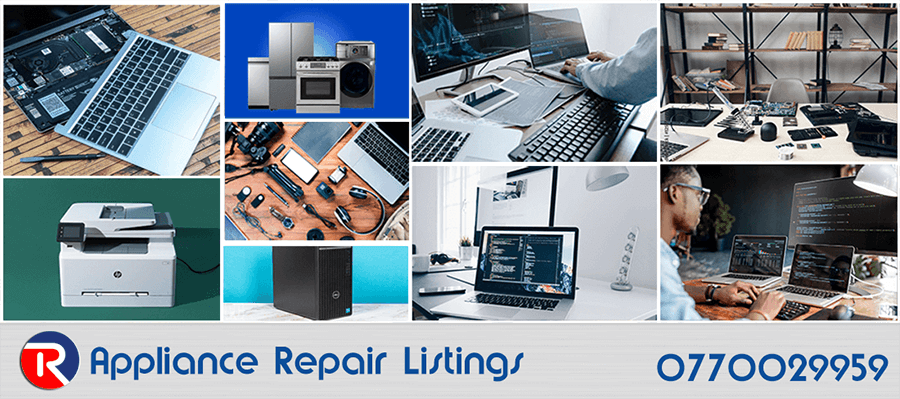
Repairing a washing machine control board can save you from the high cost of replacement or a new machine, provided the issue is diagnosed accurately and handled with care. By understanding the role of the control board, recognizing common failure signs, and following a systematic repair process, you can restore your washing machine to full functionality. For complex issues or if you're unsure about any step, consulting a professional technician from Repair.co.ke ensures safety and reliability, extending the life of your appliance.
The control board is the brain of a modern washing machine, orchestrating cycles, water levels, and spin speeds. When it malfunctions, the machine may stop mid-cycle, fail to start, or display error codes. Repairing the control board is often a cost-effective alternative to replacement, and with the right approach, it’s a task many can tackle. This article by Repair.co.ke guides you through the process, from identifying issues to executing repairs, ensuring your washing machine runs smoothly again.
Understanding the Control Board
The control board, often called the PCB (Printed Circuit Board), is an electronic component that manages the washing machine’s operations. It receives inputs from the user interface (buttons or dials) and sensors, then sends signals to components like the motor, pump, and valves. Common issues include:
- Power surges causing blown capacitors or fuses.
- Corrosion from water leaks damaging circuits.
- Component wear leading to erratic behavior.
Signs of a Faulty Control Board
Before diving into repairs, confirm the control board is the issue. Look for these symptoms:
- Error codes on the display (consult your manual for specific codes).
- Unresponsive controls or random cycle changes.
- Machine won’t start, even with power supply confirmed.
- Burn marks or burnt smells near the board (indicating severe damage).
If these signs are present, rule out other issues like a faulty power supply or wiring before focusing on the control board.
Tools and Safety Precautions
To repair a control board, gather these tools:
- Multimeter (for testing continuity and voltage).
- Soldering iron and solder (for replacing components).
- Screwdrivers (Phillips and flathead).
- Replacement components (capacitors, resistors, or fuses, as needed).
Safety first:
- Unplug the washing machine to avoid electric shock.
- Work in a well-lit, dry area.
- Wear anti-static wristbands to protect sensitive electronics.
Step-by-Step Repair Process
-
Access the Control Board:
- Remove the washing machine’s top or back panel (refer to your model’s manual).
- Locate the control board, typically near the control panel or inside a protective casing.
-
Inspect for Damage:
- Look for visible signs like burnt components, cracked solder joints, or corrosion.
- Use a magnifying glass for a closer inspection of small circuits.
-
Test Components:
- Use a multimeter to check fuses, capacitors, and resistors for continuity.
- Note any components that fail the test for replacement.
-
Replace Faulty Components:
- Desolder damaged components using a soldering iron and remove them carefully.
- Solder new, compatible components in place, ensuring clean joints.
- Double-check polarity for capacitors to avoid incorrect installation.
-
Clean the Board:
- Use isopropyl alcohol and a soft brush to remove corrosion or debris.
- Ensure the board is dry before reassembling.
-
Reassemble and Test:
- Secure the control board back in its casing.
- Reconnect all wiring harnesses firmly.
- Plug in the machine and run a short cycle to test functionality.
When to Call a Professional
If the control board is severely damaged (e.g., extensive burn marks or multiple failed components), repair may not be viable. Similarly, if you lack experience with electronics or the machine still malfunctions after repair, contact Repair.co.ke. Our technicians can diagnose complex issues, source replacement boards, or perform advanced repairs, saving you time and ensuring safety.
Preventive Maintenance Tips
To extend the life of your control board:
- Use a surge protector to shield against power spikes.
- Regularly clean the machine to prevent water leaks.
- Avoid overloading, which can strain electrical components.
By addressing control board issues promptly and maintaining your washing machine, you can avoid costly repairs and keep your appliance running efficiently for years.